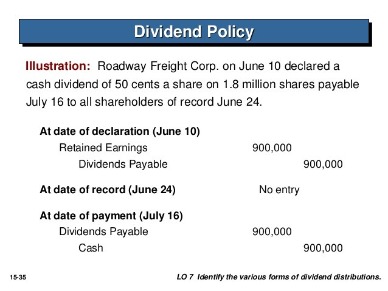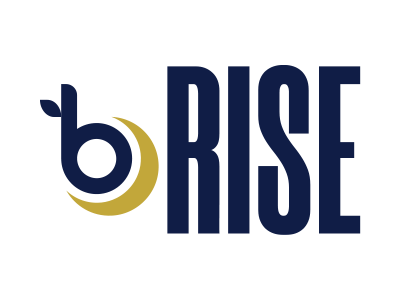
Discrepancies between the balance sheet and the bank statement must be identified and resolved promptly. Failure to do so can lead to further errors and make it challenging to reconcile the accounts. After checking all the critical items, adjust the cash balances to account for all expenses flexible budget and transactions. Bank reconciliation is a subset of the monthly, quarterly, and yearly close process and is not generally done on its own. Accountants spend a lot of time on this step to ensure the checks are thorough and even minute errors are spotted.
We and our partners process data to provide:
Companies prepare bank reconciliation statements as a comprehensive accounting comparison tool. A company can ensure that all payments have been processed accurately by comparing their internal financial records against their bank account balance. Bank reconciliation statements are also important for alerting a company in case of fraud or error. To be effective, a bank reconciliation statement should include all transactions that impact a company’s financial accounts. The reconciliation of bank statements is a critical step in maintaining accurate financial records for any business, ensuring that the company’s accounting records are up-to-date and accurate. By reconciling bank statements regularly, business owners can identify any missing or duplicate transactions, bank errors, or fraudulent activity early on, before they pose significant challenges.
- Not-sufficient funds (NSF) refers to a situation when your bank does not honour a check, because the current account, on which the check is drawn, has insufficient funds.
- They might reconcile on a daily basis to make sure everything matches and all cash receipts hit the bank account.
- Small business owners may find that sufficient funds from the previous month are not enough.
- When all these adjustments have been made to the books of accounts, the balance as per the cash book must match that of the passbook.
Preparing a Bank Reconciliation Statement
These checks are the ones that have been issued by your business, but the recipient has not presented them to the bank for the collection of payment. At times, you might give standing instructions to your bank to make payments regularly on specific days to third parties, such as insurance premiums, telephone bills, rent, sales taxes, etc. Bank reconciliations may be tedious, but the financial hygiene will pay off.
Once the balances are equal, businesses need to prepare journal entries to adjust the balance per books. Book transactions are transactions that have been recorded on your books but haven’t cleared the bank. As a small business, you may find yourself paying vendors and creditors by issuing check payments. Note that this process is exclusively for reconciliations performed by hand. If you use accounting software, then your reconciliation is done largely for you.
Nowadays, all deposits and withdrawals undertaken by a customer are recorded by both the bank and the customer. The bank records all transactions in a bank statement, also known as passbook, while the customer records all their bank transactions in a cash book. By avoiding these common errors, you can ensure the accuracy of your organization’s financial records, make informed business decisions, and reduce the risk of financial issues. Regular reconciliation and review of financial records can help identify and resolve errors promptly, reducing the risk of financial issues.
Not-Sufficient Funds Checks
Interest is automatically deposited into a bank account after a certain period of time. So the where current property are situated on the steadiness sheet — accountingtools company’s accountant prepares an entry increasing the cash currently shown in the financial records. After adjustments are made, the book balance should equal the ending balance of the bank account. Keeping accurate records of your bank transactions can help you determine your financial health and avoid costly fees. Using this simple process each month will help you uncover any differences between your records and what shows up on your bank statement. Once you have identified all the differences between the two statements, identify the source of the discrepancy.
If any discrepancies or fraudulent charges are identified, the required changes are made to the balance sheet. Cross-checking bank statements with the balance accrued expenses journal entry sheet at least once every month during the closing process is necessary. If the business has a high volume of transactions, reconciliations should be done more frequently. The cash account balance in an entity’s financial records may also require adjusting in some specific circumstances, if you find discrepancies with the bank statement. In these cases, journal entries record any adjustment to the book’s balance.
By leveraging the power of artificial intelligence, you can automate your processes and achieve 95% journal posting automation. Automation can solve the problem of time-consuming manual reconciliation and reduce errors. Cross-checking the bank statement and balance sheet can be done without human intervention using software tools. Recording transactions on the general ledger or subledger as soon as they occur helps reduce errors and makes the reconciliation process more manageable. Using the source record of every transaction at the time of reconciliation, will give the most accurate results. For instance, if you haven’t reconciled your bank statements in six months, you’ll need to go back and check six months’ worth of line items.

Some people rely on accounting software or mobile apps to track financial transactions and reconcile banking activity. Others use a paper checkbook, and balance it each month, to keep a record of any written checks and other transactions. You can also opt to use a simple notebook or spreadsheet for recording your transactions.
The bank will debit your business account only when they’ve paid these issued checks, meaning there is a time delay between the issuing of checks and their presentation to the bank. These time delays are responsible for the differences that arise in your cash book balance and your passbook balance. Incorrectly recording transactions in the accounting system can result in errors in the balance sheet and bank statement, making it challenging to reconcile. Check if the bank deposits and withdrawals match the records on the balance sheet.

